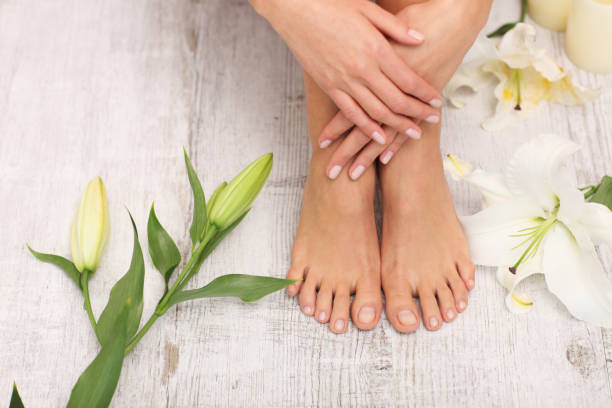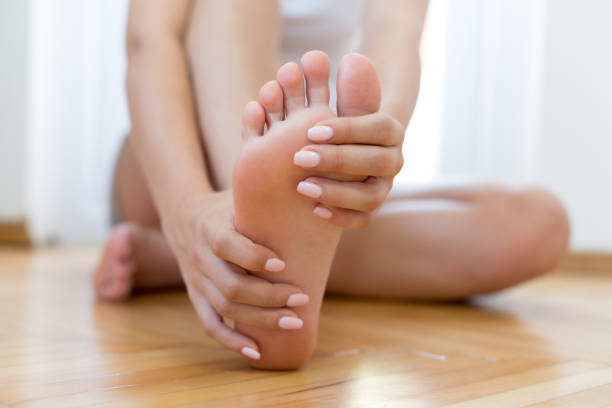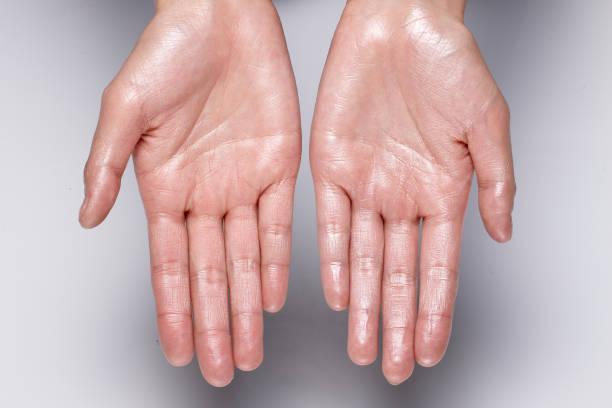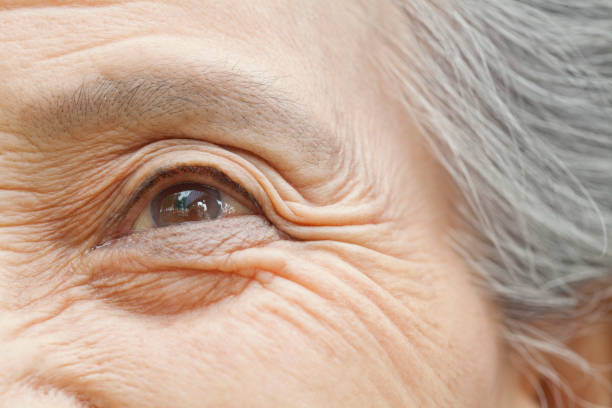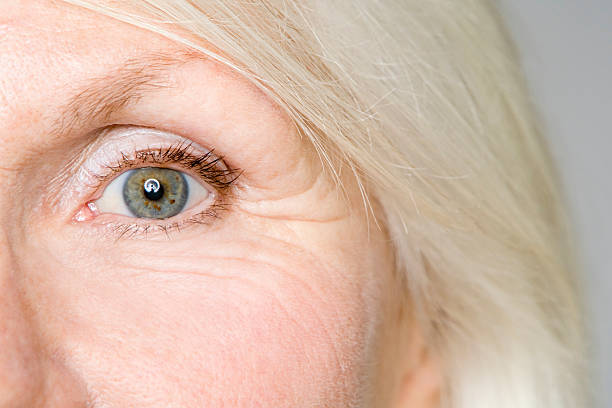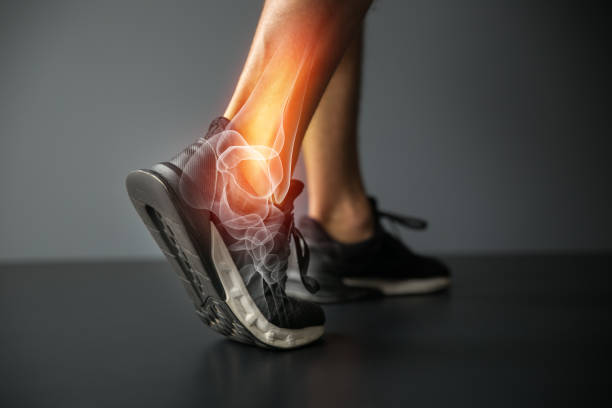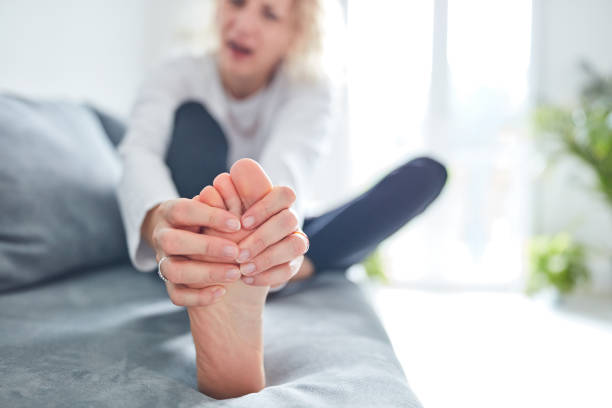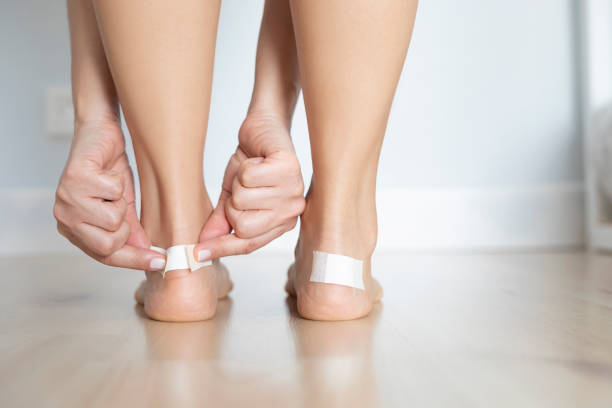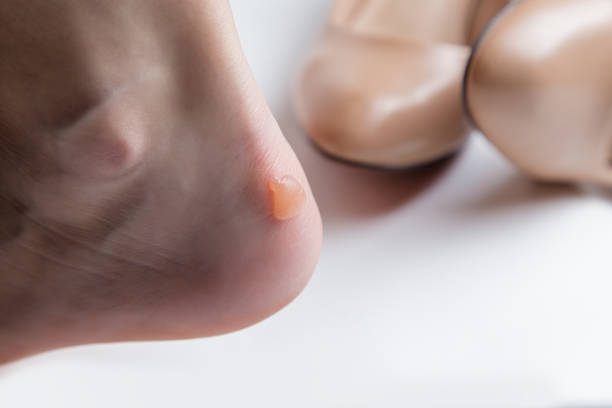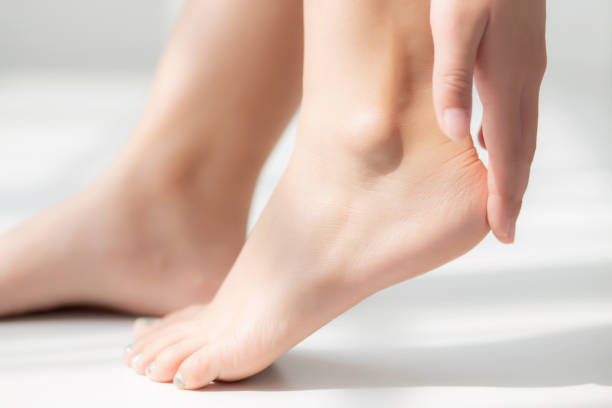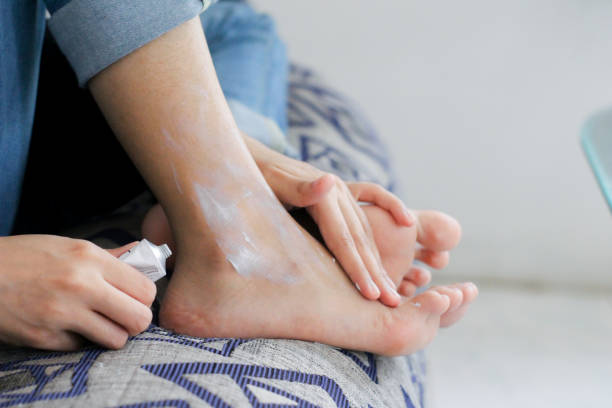As soon as the warm season begins, you should devote yourself to special foot care. Flawlessly perfectly groomed feet are a must if open-toed shoes are to be worn again. In order for your feet to look really beautiful and well-groomed, you should be active.
Why do you need well-groomed feet now?
As soon as the first rays of sunshine appear in the sky, you quickly long for wearing open-toed shoes. And even if you don’t wear sandals right away, peep-toes and slingbacks let your feet show a lot. Then the feet should also look well cared for. Toenails are polished to a high gloss and the heels must not show any callus residue. Aesthetic care of the feet is now part of the beauty program.
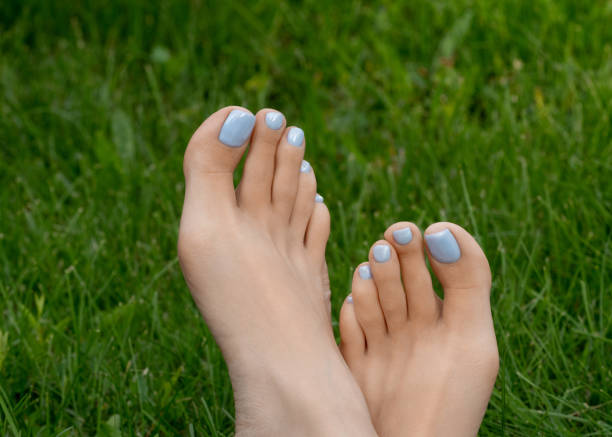
How do you take care of well-groomed feet?
First of all, the calluses on the feet should be completely removed for well-groomed feet. A foot bath makes the skin of the feet more supple. Consequently, all calluses and cracks can be easily removed. If only slight calluses need to be removed, using a pumice stone is usually sufficient. Stronger calluses, on the other hand, are removed with a special callus file.
As a further care program, the toenails must first be brought into the optimal shape. This requires nail scissors, nail clippers, and a file as tools. Before painting the toenails, the cuticles must first be gently pushed back. This is best done with a rosewood stick. After all, the skin of the feet needs extra care with cream. Special foot creams can be applied very well to the feet and are absorbed very quickly. The creams provide lasting care for the feet. As a finish, nail polish is applied to the toenails for a nicer look.
What care do feet need in warm temperatures?
During the warmer seasons, the feet come back into the daylight. They are no longer hidden in socks and shoes. Rather, shoes are often worn barefoot, if one does not go completely barefoot in one’s free time. Proper foot care is essential if wearing bare feet is to be aesthetic. For this purpose, the toenails, in particular, should be optimally cared for.
Ingrown toenails make walking difficult and painful. If the nails are perfectly cared for, there can be no pressure points even when wearing shoes. The cuticles should always be pushed back so that the toenails look really well cared for. It is important that the cuticles are not simply cut away. This can lead to injuries and unpleasant nail bed infections. When filing nails, the working direction is always the direction of growth. This protects the sensitive toenail and can optimally seal cut areas. Then you come to a big step closer to the goal of well-groomed feet
What do you have to look out for when buying shoes?
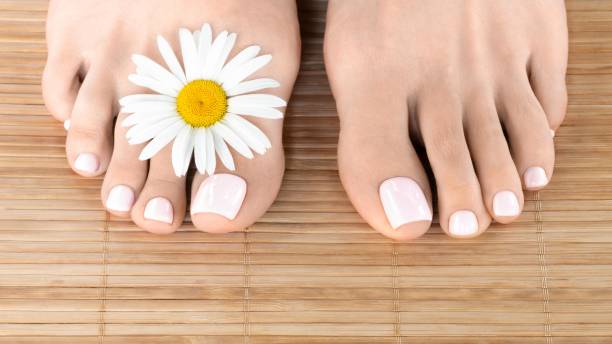
The right footwear should be chosen to keep your feet healthy. Shoes with the right shoe size prevent classic foot complaints such as calluses, corns, blisters, and cracks from occurring in the first place. Shoes that suit and fit perfectly cannot squeeze your feet when you wear them, nor do they rub against your feet. Perfectly fitting shoes do not exert any pressure.
Even nail fungus and athlete’s foot can be prevented by wearing the right footwear. High heels should always vary in heel height when worn. Because wearing high heels leads to weight shifting to the front balls of the foot again and again. At the same time, wearing high heels all the time can lead to a shortening of the tendons, which very quickly makes it much more difficult to wear flat shoes. Anyone who often walks barefoot and also varies the heel height is on the safe side that these complaints will not arise in the first place.

